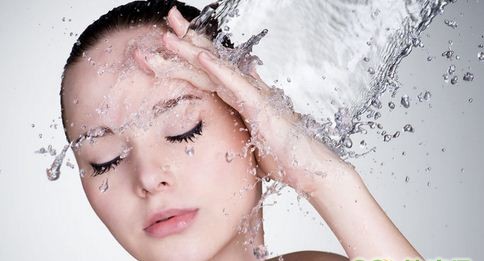Cleansing and moisturizing are two fundamental pillars of any skincare routine, but striking the right balance between these steps can be challenging. Cleansing removes dirt, oil, and impurities from the skin, while moisturizing helps to restore hydration and protect the skin’s natural barrier. However, overemphasis on one at the expense of the other can lead to various skin issues, such as dryness, oiliness, or even breakouts. Understanding how to balance cleansing and moisturizing is key to achieving healthy, glowing skin.

1. The Role of Cleansing in Skincare

Cleansing is the first and most crucial step in any skincare regimen. It helps remove makeup, dirt, excess oil, and environmental pollutants that accumulate on the skin throughout the day. Proper cleansing prevents clogged pores, reduces the risk of acne, and prepares the skin to absorb the active ingredients in serums and moisturizers.

However, it’s important to note that not all cleansers are created equal. Harsh cleansers can strip the skin of its natural oils, leading to dryness, irritation, and a compromised skin barrier. This can make the skin more susceptible to environmental damage and increase its need for moisture. On the other hand, using a cleanser that is too gentle might not effectively remove impurities, leaving the skin feeling greasy and prone to breakouts.
2. The Importance of Moisturizing

Moisturizing is essential for maintaining the skin’s hydration levels and protecting its barrier function. The skin’s outermost layer, known as the stratum corneum, relies on moisture to stay supple and resilient. When the skin is well-hydrated, it appears plump, smooth, and radiant, and it is better equipped to defend against environmental aggressors.
Skipping moisturizer, or using one that doesn’t provide enough hydration, can lead to dryness, flakiness, and even premature aging. Moreover, dehydrated skin may overcompensate by producing more oil, leading to a cycle of dryness and breakouts. Therefore, moisturizing is crucial not only for dry skin but for all skin types, including oily and combination skin.
3. Striking the Right Balance

Achieving the perfect balance between cleansing and moisturizing involves understanding your skin type and selecting the appropriate products:

- For Dry Skin: If you have dry skin, opt for a gentle, hydrating cleanser that doesn’t strip the skin of its natural oils. Follow with a rich, nourishing moisturizer that helps to lock in moisture and restore the skin’s barrier. Ingredients like hyaluronic acid, glycerin, and ceramides are excellent for boosting hydration.
- For Oily or Acne-Prone Skin: For oily or acne-prone skin, a foaming or gel cleanser that effectively removes excess oil and impurities is ideal. However, it’s essential to avoid cleansers that are too harsh, as they can trigger an overproduction of oil. Pair your cleanser with a lightweight, oil-free moisturizer that hydrates without clogging pores. Look for ingredients like niacinamide or salicylic acid to help regulate oil production.
- For Combination Skin: Combination skin requires a balanced approach. Choose a cleanser that can effectively clean the oily areas without drying out the drier parts of the face. A gel-based or mild foaming cleanser works well for this skin type. Use a moisturizer that is hydrating enough for the dry areas but light enough not to weigh down the oilier zones.
- For Sensitive Skin: Sensitive skin needs extra care. Opt for a fragrance-free, hypoallergenic cleanser that gently cleanses without causing irritation. A soothing moisturizer with calming ingredients like aloe vera or chamomile can help reduce redness and maintain the skin’s moisture balance.
4. Timing and Layering

Timing and layering your skincare products correctly also play a role in maintaining the balance between cleansing and moisturizing:
- Morning Routine: In the morning, a mild cleanser is usually sufficient, especially if you’ve cleansed thoroughly the night before. Follow up with a moisturizer that suits your skin type and finish with sunscreen to protect your skin throughout the day.
- Evening Routine: At night, focus on thoroughly cleansing the skin to remove the day’s buildup of makeup, oil, and pollutants. After cleansing, apply a hydrating moisturizer or night cream to help the skin repair and regenerate overnight. This is also an excellent time to incorporate treatments like serums or oils for added benefits.

In Conclusion
Balancing cleansing and moisturizing is essential for maintaining healthy, resilient skin. By choosing the right products for your skin type and ensuring that you cleanse without stripping and moisturize without overloading, you can achieve a harmonious skincare routine that keeps your skin looking and feeling its best. Remember, skincare is not one-size-fits-all, and finding the right balance is key to addressing your skin’s unique needs and concerns.


